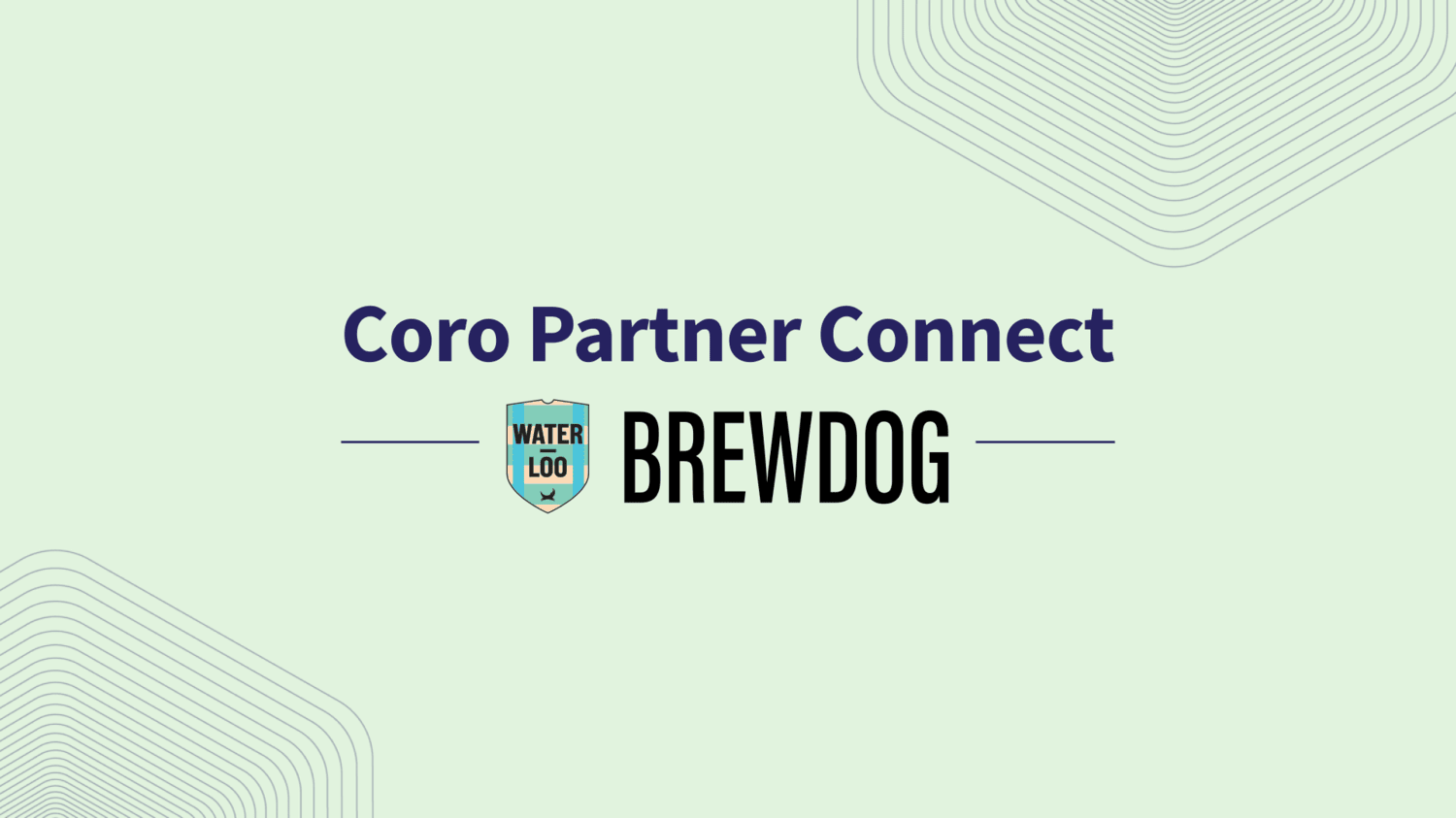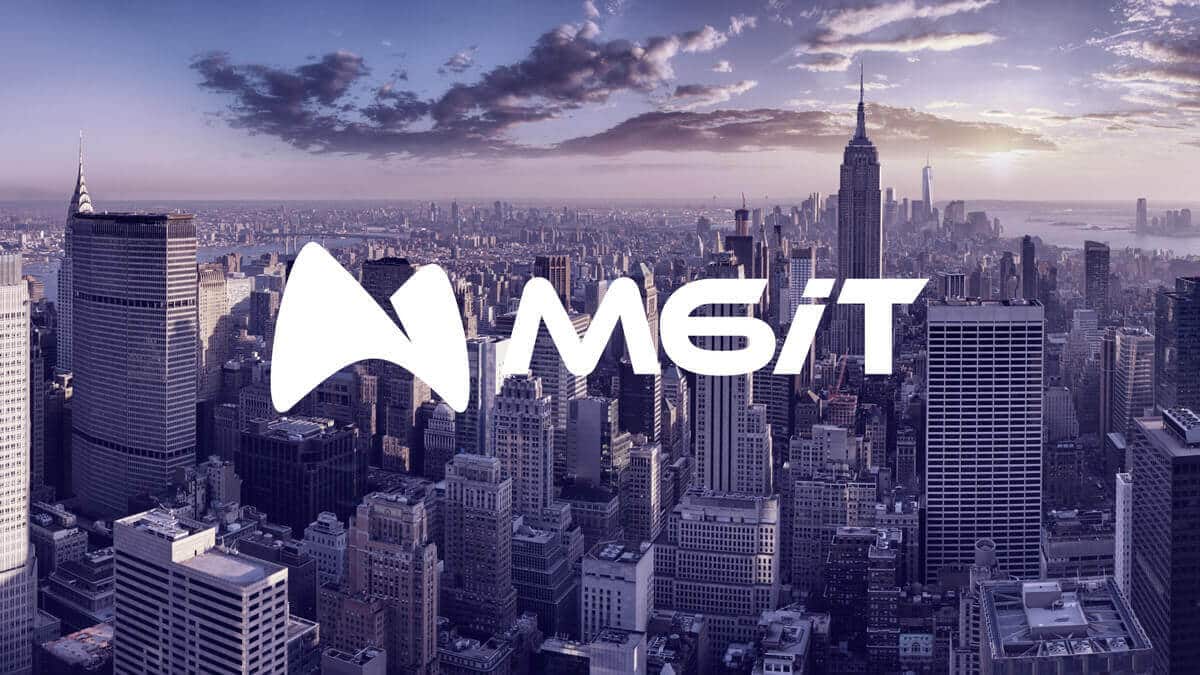Security Information and Event Management (SIEM) is a software solution that acts like a security command center for your organization. It collects data from various security tools and systems, analyzes it for threats, and helps you respond to security incidents.
Forms/types of Security Information and Event Management
Security Information and Event Management (SIEM) systems themselves don’t have different forms, but they can be categorized based on their deployment model or how they are delivered:
- On-premise SIEM: This is the traditional model where the SIEM software is installed and maintained on your own servers within your organization’s infrastructure. This gives you full control over the system but requires significant investment in hardware, software licenses, and IT expertise for management and maintenance.
- Cloud-based SIEM (SIEM as a Service – SIEMaaS): In this model, the SIEM solution is hosted by a cloud service provider. You access the SIEM software and features over the internet with a subscription fee. This eliminates the need for on-premise infrastructure and simplifies management, making it potentially more cost-effective for smaller organizations.
- Hybrid SIEM: This combines elements of both on-premise and cloud-based SIEM. Security data from on-premise sources can be integrated with a cloud-based SIEM solution for centralized analysis. This can be a good option for organizations that need to balance control over sensitive data with the scalability and cost-effectiveness of the cloud.
SIEM can be compared to a chess grandmaster. Just like the grandmaster gathers information from every piece on the board (data from security tools), SIEM collects data from firewalls, anti-virus software, and other security systems. It then analyzes this data like a strategist, identifying suspicious patterns and potential threats. By correlating these events, SIEM acts several moves ahead, alerting your security team before attackers can exploit weaknesses in your defenses, effectively checkmating their attempts.
Why Should Businesses Care About Having a SIEM?
Businesses should care about having a SIEM (Security Information and Event Management) for several reasons:
- SIEM offers an Early Warning System for Threats: SIEM acts like a vigilant lookout for your IT systems. It continuously monitors and analyzes data from various security tools, identifying subtle signs of trouble that might otherwise go unnoticed. This allows you to detect and respond to security threats before they cause significant damage.
- SIEM Improves Threat Visibility: SIEM provides a centralized view of security activity across your entire network. This panoramic view helps you understand what’s happening, where potential risks lie, and prioritize your security efforts.
- Faster Incident Response: When a security breach occurs, every second counts. SIEM can significantly speed up your incident response by automatically detecting threats and sending alerts to your security team. This allows them to quickly investigate and contain the incident, minimizing potential losses.
- It Will Enhance Your Security Posture: SIEM is a powerful tool for proactive security. By analyzing historical data and identifying trends, SIEM can help you predict and prevent future attacks. It also helps you identify weaknesses in your security posture and take steps to address them.
- SIEM can Assist With Compliance with Regulations: Many regulations and compliance standards require organizations to have robust security monitoring in place. SIEM can help businesses demonstrate compliance by providing a centralized record of security activity and audit trails.
- A SIEM Reduces Security Costs: Security breaches can be incredibly expensive. The proactive approach to security offered by SIEM can help businesses avoid costly downtime, data breaches, and reputational damage. In the long run, SIEM can be a wise investment that saves you money.
Security Information and Event Management In the Context of Cybersecurity Frameworks
SIEM isn’t necessarily mandatory within a cybersecurity framework, but it’s a highly valuable tool that significantly strengthens your security posture and aligns with most cybersecurity frameworks:
- Visibility & Threat Detection: Most frameworks emphasize identifying critical systems and data. SIEM excels here by collecting data from various security tools, providing a comprehensive view of activity across your network. This visibility allows SIEM to identify suspicious patterns and potential threats that individual security tools might miss.
- Supporting Proactive Security: Frameworks encourage a proactive approach to security, which is SIEM’s forte. By analyzing historical data, SIEM can identify trends and potential weaknesses in your defenses. This allows you to prioritize security efforts and address vulnerabilities before attackers exploit them.
- Faster Incident Response: Frameworks outline procedures for responding to security incidents. SIEM plays a vital role here. It can detect threats in real-time, trigger alerts, and provide security teams with the context they need to investigate and respond swiftly. This faster response time can minimize damage caused by security incidents.
- Compliance with Frameworks: Many regulations and compliance standards reference established frameworks. SIEM can help businesses demonstrate adherence to these frameworks by providing a centralized repository of security logs and events. This simplifies security audits and reporting, making compliance easier.
Related Systems or Technologies
Security Information and Event Management (SIEM) integrates with a variety of other systems and technologies to create a comprehensive security ecosystem. Here are some key related areas:
- Security Tools: SIEM acts as a central command center, collecting data from various security tools, including firewalls, intrusion detection/prevention systems (IDS/IPS), Endpoint Protection Platforms (EPP) and vulnerability scanners.
- Security Analytics & Threat Intelligence: SIEM can be integrated with security analytics tools that use advanced algorithms to identify complex threats and emerging trends in cyberattacks. Additionally, SIEM can leverage threat intelligence feeds to stay updated on the latest hacking techniques and indicators of compromise (IOCs).
- Security Orchestration, Automation and Response (SOAR): SIEM identifies threats, while SOAR automates the response. SIEM sends alerts to SOAR, which can then trigger pre-defined actions such as isolating infected devices or blocking malicious IP addresses. This speeds up incident response and reduces human error.
- Log Management Systems (LMS): SIEM and LMS can sometimes overlap in functionality. SIEM focuses on security events, while LMS can handle a broader range of logs from various IT systems. SIEM can integrate with LMS to enrich its data analysis with additional context from non-security logs.
Related Regulations or Compliance Goals
Security Information and Event Management (SIEM) can help businesses achieve compliance with various regulations and cybersecurity frameworks in a number of ways:
- SIEM Focuses on Detection and Visibility
Many regulations emphasize the need for organizations to be able to identify and detect security incidents. SIEM excels in this area by providing a centralized view of security activity across your network. This allows you to see suspicious events and potential threats that might otherwise go unnoticed.
PCI DSS (Payment Card Industry Data Security Standard), for example, mandates continuous monitoring for suspicious activity, which SIEM can facilitate. HIPAA (Health Insurance Portability and Accountability Act) requires detecting and addressing security breaches involving patient data, a task SIEM can assist with.
- Compliance Reporting and Audit Trails
Regulations often require organizations to maintain comprehensive records of security activity for audit purposes. SIEM serves as a central repository for security logs and events, simplifying the process of generating reports and providing a clear audit trail for compliance checks.
SOX (Sarbanes-Oxley Act) mandates internal controls and security procedures, and SIEM can demonstrate adherence by providing a record of security events. GDPR (General Data Protection Regulation) requires organizations to report data breaches within specific timeframes. SIEM can help identify and expedite the reporting of such incidents.
- Supporting Proactive Security Measures
Regulations often encourage a proactive approach to security, and SIEM aligns well with this goal. By analyzing historical data, SIEM can identify trends and potential weaknesses in your defenses. This allows you to address security gaps and implement preventative measures before attackers exploit them.
NIST Cybersecurity Framework emphasizes proactive risk management, which SIEM can support through threat detection and vulnerability analysis. CIS Controls (Center for Internet Security Controls) outline best practices for various security areas, and SIEM can help in implementing these controls by providing better visibility and threat intelligence.




